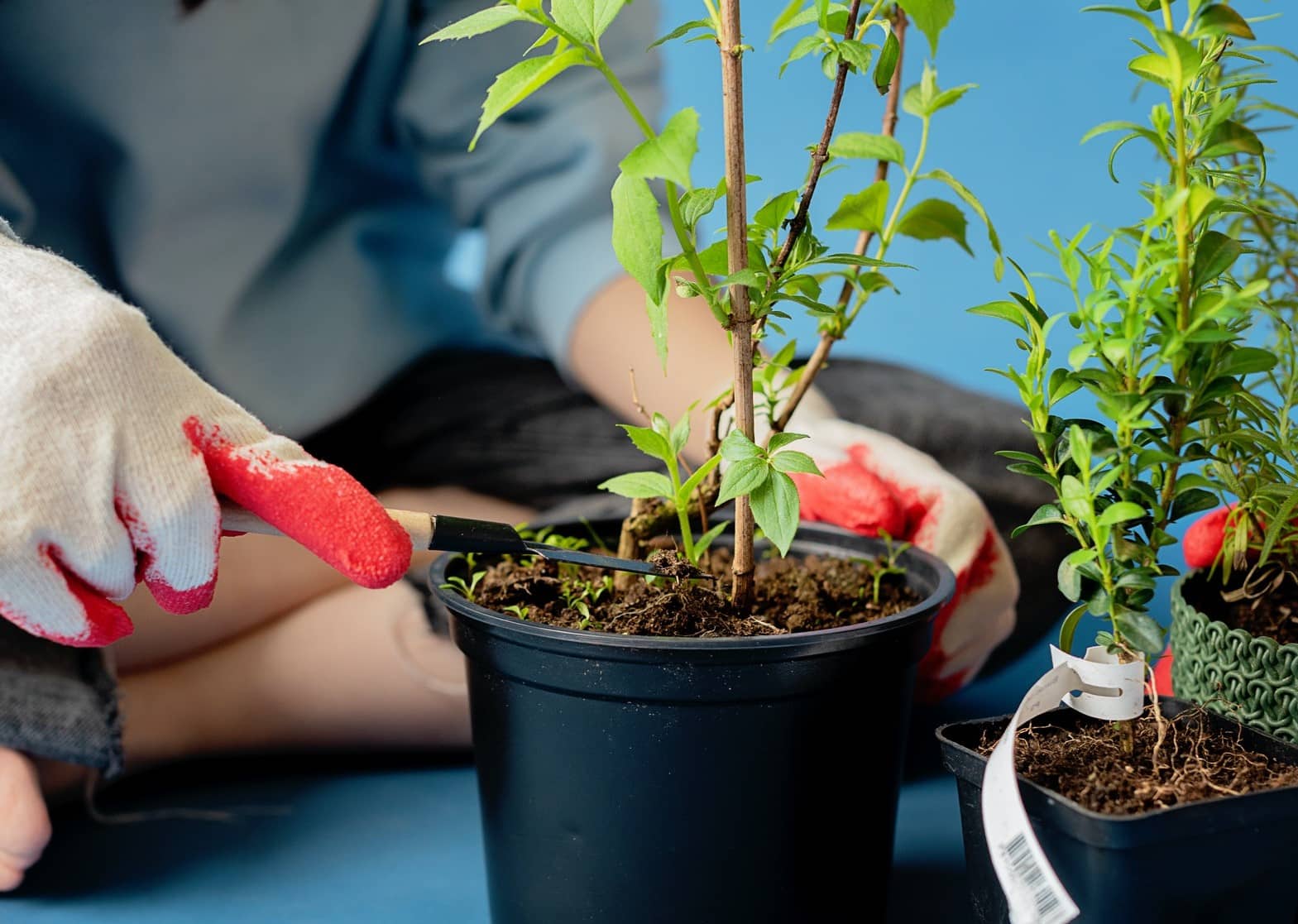—————————————–
Spring turns quickly to summer, and as you realize you never got around to adding this new favorite plant to the perennial bed, or if that little shrub that you bought in March is still sitting in the pot it came in from the Garden Center, you may be thinking: Is it too late to plant it?
Well, yes. Maybe.
Setting new plants in the garden during the scorching summer is a challenge, to put it mildly. There’s the punishing heat and possible – probable – dry weather. There are insects to contend with that hadn’t yet arrived to pester your plants in the spring. There’s the possible worry of any vacation plans that would mean death to new plants without daily care.
But if you’re still set on summer planting, here are guidelines to make establishing plants in the summer a little easier:
Trees and shrubs
Fall or spring, as trees and shrubs are going into their dormant period or just before they come out, are the best times for planting. In summer, you likely will have a better outcome with a tree or shrub grown in a container, which will probably have a more extensive root system than a ball-and-burlapped plant.
Planting experts suggest watering the planting hole before you place the tree or shrub, then watering again after the soil is replaced in the hole. A thick layer of mulch helps keep the area moist and cooler, but you’ll need to continue regular watering as the roots get established in the soil.
Perennials
Summer may be the time you can really see what perennials you’d like to add to or transplant in your garden, but like the rest of us, newly planted perennials can suffer in the July and August heat.
But if you have perennials that need attention – if, for example, you bought them earlier this spring and never got around to planting them – it’s likely they’d be happier in the ground, even now, than in their nursery pots.
Wait for a cloudy day to plant them, if you can, so at least your new plants won’t suffer in the scorching sun. And after they’re in the ground, watered, and the soil covered with mulch, keep watering every day; plant experts recommend providing irrigation for two weeks every day you don’t get a soaking rain.
Vegetables
Bush beans: Starting from seeds, these summer favorites shoot up quickly from the soil when conditions are right, and can be planted throughout the growing season. In fact, seasoned gardeners suggest succession planting of bush beans – sowing seeds at two-week intervals – from spring until mid-summer to have a steady crop until frost shuts them down.
Beets: Generally considered a fall crop, you can start mid-summer by sowing seeds in the shade of peppers, tomatoes or other taller crops. When the summer veggies’ time is over and you cut them down, the beets will continue to grow.
Cucumbers: Once the seeds sprout, it’s surprising how quickly cucumber vines grow. A general estimate is that it takes 50 – 70 days for cucumbers to be ready for harvest. Planted in mid-summer in full sun and watered regularly, you can have fresh cucumbers until frost.
And of course, very soon you’ll be able to plant those cool-season veggies that sprout and thrive as the temperatures drop: broccoli, cabbage, lettuce, radishes, kale and other fall garden favorites.
Container arrangements
The advantage of planting summer arrangements in containers now is that these little gardens are generally meant to be temporary. The biggest hurdle to enjoying them through the rest of summer is that they will likely need daily watering if it doesn’t rain – maybe even twice a day if the heat is relentless. Regular fertilizing and periodic maintenance will also keep summer containers fresh through the rest of the season.
Visit the Gardens of Babylon Garden Center for all the plants, tools, soils and fertilizers you need for a successful landscape and garden.





